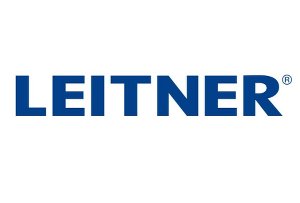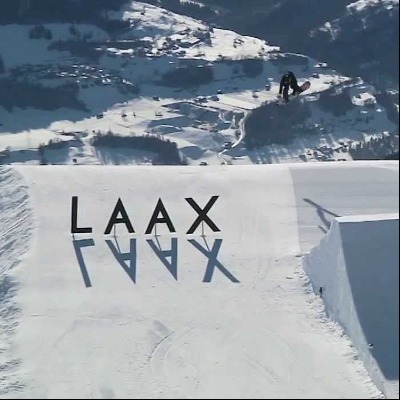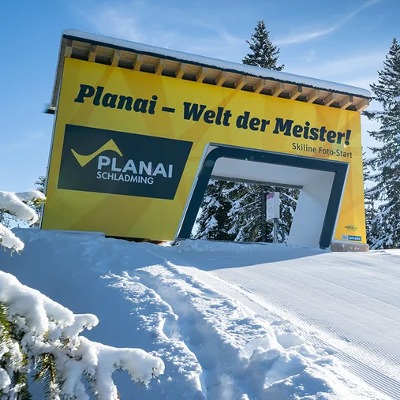Old Snow Stored Over The Summer Is Ready For Winter With Snowglue LIMES From Bächler Top Track AG.

Snow farming is being practiced on an ever-increasing scale. On cross-country ski trails, slopes, or ski jumps, where this has already been actively practiced, the challenge of stored snow is widely known. The snow no longer binds, is hardly firm enough to support, and ankle-deep sinking is unavoidable
The snow is in its final stage before it liquefies and barely binds anymore, much like table salt (sugar snow). Skiing and snowboarding on the snow is no longer pleasant. Snow groomers also sink in deeply, and preparing slopes and jumps is nearly impossible despite the wind, as the snow is difficult to push uphill and doesn't hold on the slope. Bächler now offers the solution with Snowglue LIMES.
The Bächler team discovered this phenomenon in the indoor ski hall in Wittenburg. The snow pushed down the hall by skiers had to be removed and disposed of periodically because they sank in up to 20 cm deep. After the first tests of Snowglue LIMES, this snow rebounded and regained its load-bearing capacity. The biathlon hall in Oberhof also observed the same phenomenon. Since then, Oberhof and Wittenburg have relied exclusively on LIMES technology for snow production and maintenance
Subsequently, in collaboration with the SLF Davos (WSL Institute for Snow and Avalanche Research SLF) under the direction of Dr.-Ing. Fabian Wolfsperger, tests and measurements were carried out at the Titisee-Neustadt ski jump. The results confirmed the consolidation effect of mixing fresh LIMES snow with the old, summer-damaged snow. Three hours after milling, the old snow mixed with Snowglue LIMES reached approximately twice the penetration hardness (blue data points) compared to pure old snow (yellow and gray data points). The most important process in the consolidation of dry snow is sintering – the fusion of the snow grains. The very large specific surface area (43 mm⁻¹) of the fine-grained LIMES snow, measured on site, contributes significantly to enabling the sintering of the old snow to occur again.














